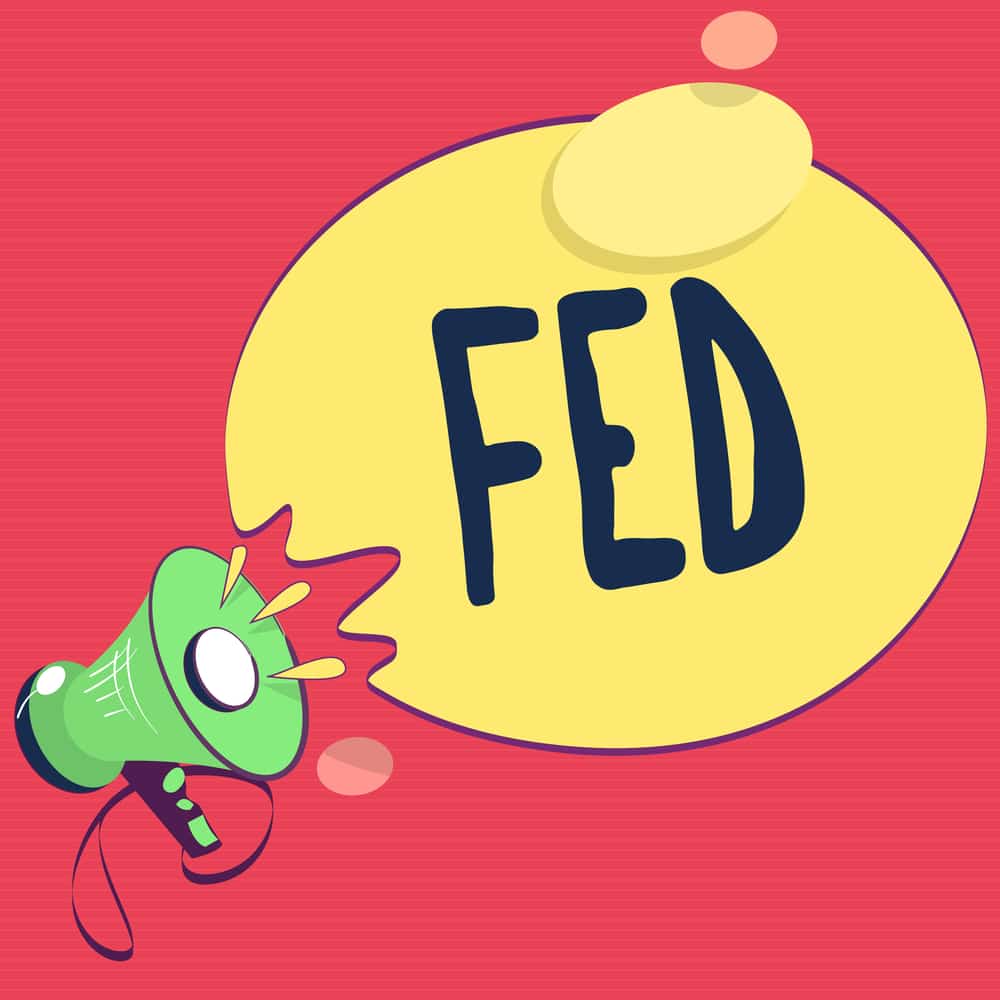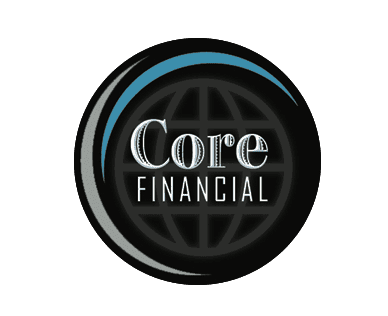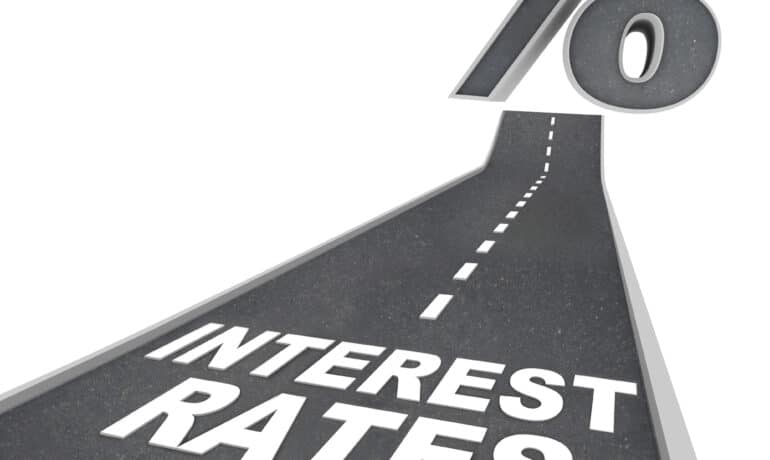After the lengthy run on historically low mortgage interest rates, economists predicted the fun wouldn’t last. Are we seeing it happen before our eyes? We’re seeing mortgage rates rising across all loan types as the benchmark 30-year fixed rate reaches its highest levels since June of 2021. Even the untrained eye can tell rates are more likely to go up than down.
Should these facts frighten anyone this Halloween?
“The era of sub 3% mortgage rates may be behind us already by the end of this year,” says George Ratiu, Realtor.com’s manager of economic research.
When interest rates go up, home sales go down. Home mortgage applications decreased over 10% from last year at this time. As home prices continue to increase at record levels, the S&P CoreLogic Case-Shiller Home Price Index suggests this may have more to do with housing affordability than with increasing interest rates.
According to Kate Wood, home and mortgage writer at NerdWallet, “Rate increases could dampen demand for housing, but it may be hard to distinguish between buyers discouraged by higher rates and those who’ve given up the home search due to rising home prices and lack of inventory.”

Why Do Interest Rates Rise?
Traditionally, higher rates of inflation jump to the mortgage industry and other areas of the economy. While the Federal Reserve does not set mortgage rates, keeping a conservative monetary policy and sustaining short-term borrowing costs in the Fed allows the mortgage industry to better align with their standard bearer, the rate of the 10-year Treasury note.
Federal Funds Rate (Fed Funds Rate)
The Fed sets the federal funds rate or the interest rate charged by one depository institution to another. While not directly affecting fixed mortgage rates, it does influence short-term loans, like credit card debt or adjustable-rate mortgages that change with the market monthly.
Bond Buying
As part of the stimulus program, the Fed pumped money into the mortgage industry and beefed-up their bond buying. Since these types of bonds have a direct impact on mortgage rates, lenders were able to keep rates as low as possible. But the dip was artificial. If the Fed pulls back the reins, is an inevitable mortgage rate rise on the horizon?

Economic Impact
While the economy isn’t growing as quickly as predicted earlier this year, the Federal Reserve already announced intentions to ease their mortgage stimulus program as early as November. The mortgage industry knows it’s easier to gain customers with lower interest rates. And, when there is less money available to lend, it’s natural to see rate increases.
Where Does That Leave You?
In the weekly mortgage rate trend index offered by Bankrate.com, nearly three-quarters of the surveyed experts predict rising rates that may drive cautious borrowers to lock in low rates now. Because low mortgage rates are still available, if you’ve been asking whether now’s the time to purchase or what factors to consider in a refinance, Naples Mortgage can help. Give us a call today 239-514-2674.
Disclosure:
This blog is for informational purposes only. The blog content is our opinion, please contact our office with any questions. Rates, Programs, Guidelines are subject to change without notice. NMLS #1743702


